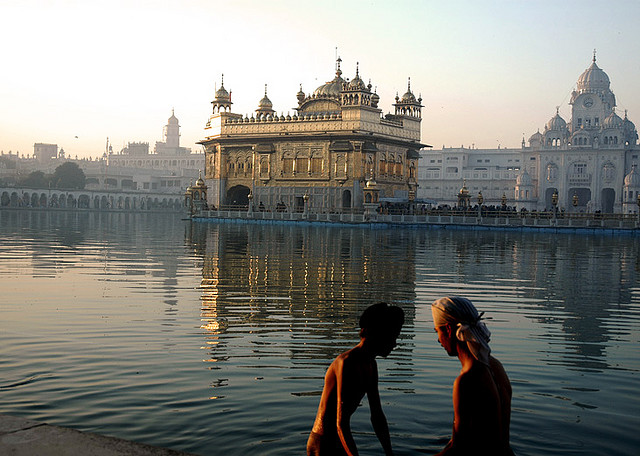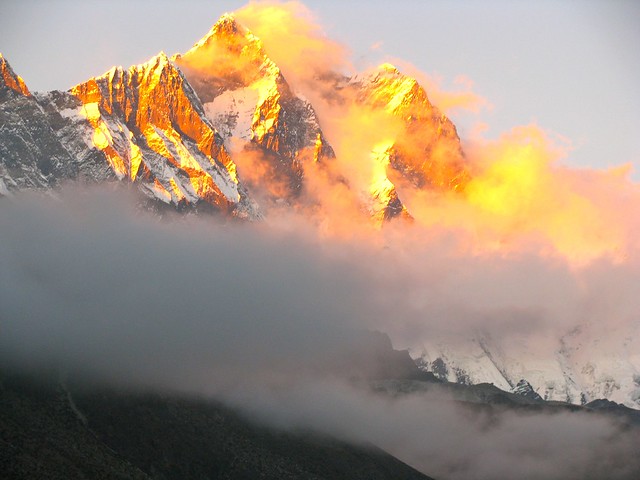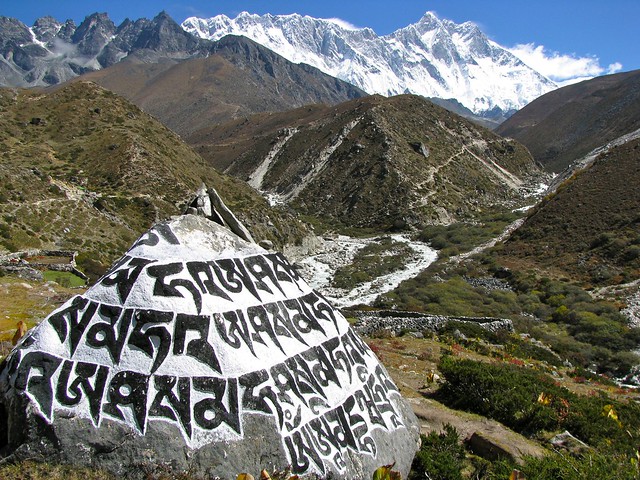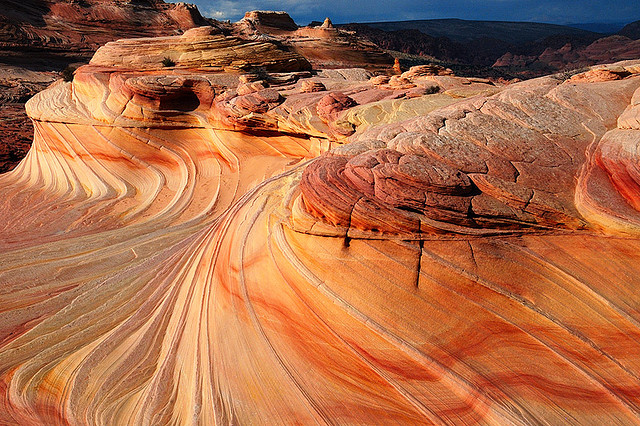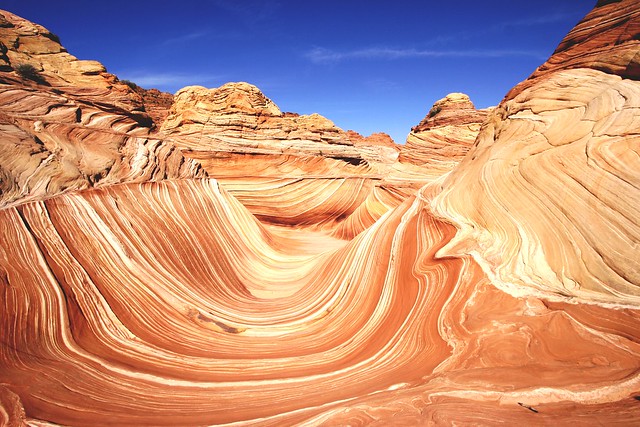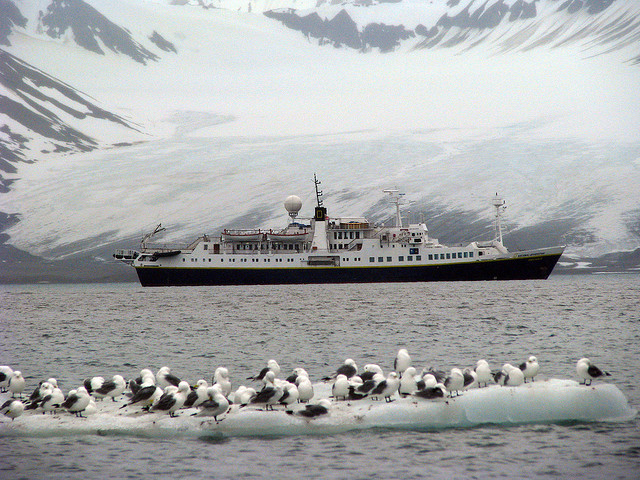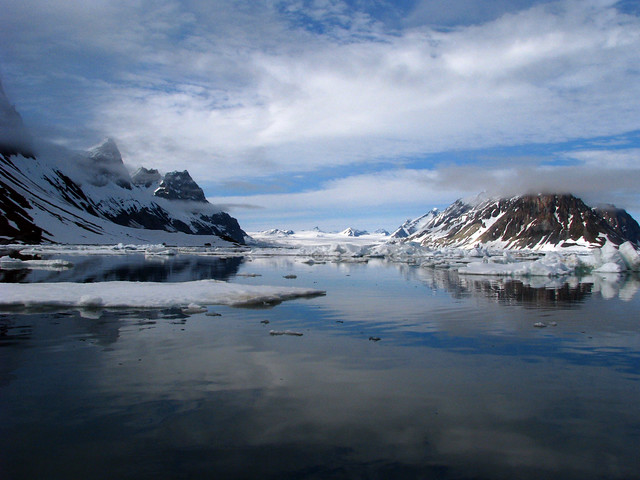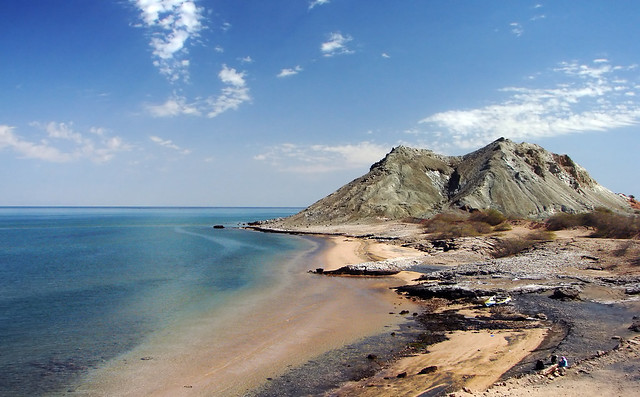El templo dorado además de imponente, se refleja con elegancia en el agua de su entorno, ya que está construido sobre una plataforma en el estanque del amrit, precisamente para lograr ese efecto tan particular. El Templo dorado es el corazón de una plaza que rodea el estanque. Comenzado a construir en 1589 y terminado en 1601, es desde entonces el lugar más sagrado de ésta religión, al que además hay que peregrinar una vez en la vida. Recubierto con mármol, tanto el entorno de la plaza como el templo, la particularidad de Harmandir Sahib es su laminado en oro, y detalles dorados en sus cuatro puertas de acceso.
Las aguas sagradas del estanque también son utilizadas como un baño de purificación, con el encanto ser un sitio en el que habitan peces dorado que se acercan a los visitantes. La ciudad santa de Amritsar conmueve desde todos sus ángulos, y es una más de las maravillas tal vez no tan conocidas de India.
-
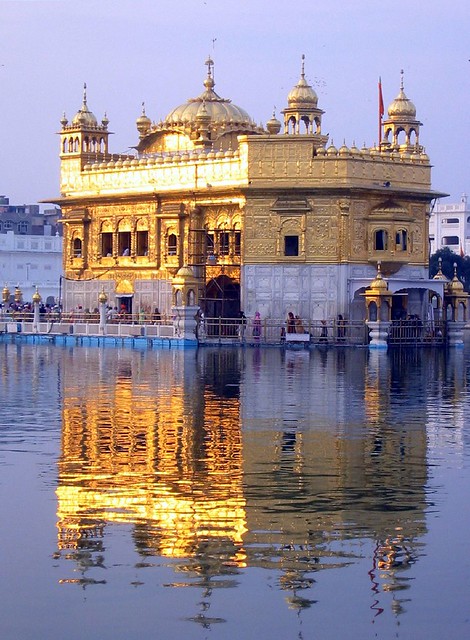 The Golden Temple of Amritsar (Harmandir Sahib or) is great from any angle. It is the holiest site of Sikhism, practiced by 25 million people and is located in the city of Amritsar in India Punjab province of Pakistan yaa half hour.
The Golden Temple of Amritsar (Harmandir Sahib or) is great from any angle. It is the holiest site of Sikhism, practiced by 25 million people and is located in the city of Amritsar in India Punjab province of Pakistan yaa half hour.The Golden Temple in addition to imposing elegance is reflected in the water of their environment, as it is built on a platform in the pool of amrit, precisely to achieve that effect so special. The Golden Temple is the heart of a square surrounding the pond. Started building in 1589 and completed in 1601, has since become the most sacred of this religion, which also have to pilgrimage once in their life. Covered with marble, both the environment and the temple square, the particularity of Harmandir Sahib is the rolled gold and gold accents on all four doors.
The holy waters of the pond are also used as a purification bath, with the charm to be a place where fish live gold approaching visitors. The holy city of Amritsar moves from every angle, and is another of the wonders perhaps not so well known in India.
